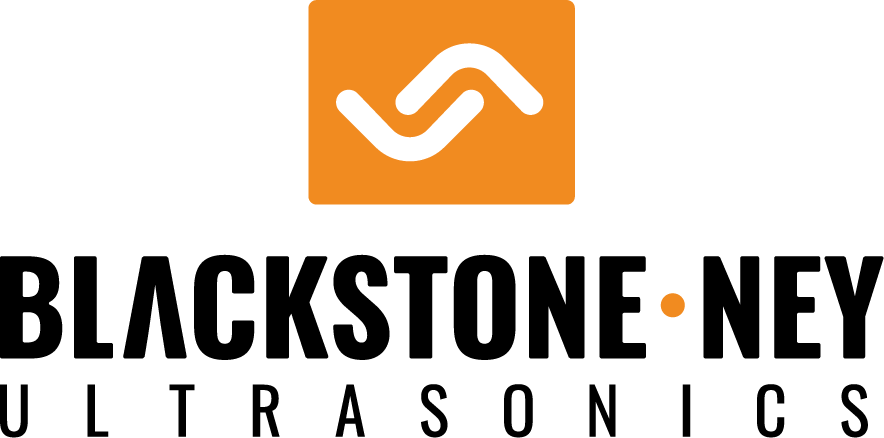This blog explores some common mistakes made in the application of de-ionization hardware. Although a properly engineered and installed de-ionization system will prevent these potential mistakes at the start, post-installation modifications by those less knowledgeable about de-ionizing technology don’t always respect good design practices. Temperature Limits – In general, de-ionization systems are not intended to … Continued
Lubricants and coolants are two of the most common contaminants requiring removal in industrial cleaning. Understanding their basic nature and how they work may help lead to the solution of many cleaning problems Lubricants help prevent friction between two surfaces moving relative to one another by, in effect, providing a barrier between the two surfaces … Continued
In order for a lubricant or coolant to be effective it must possess the very properties that make it difficult to remove. In industrial machining, stamping and metal forming applications, selecting lubricants and coolants wisely can greatly simplify cleaning processes required to remove them once these processes are complete. Effective lubricants must be able to adhere … Continued
“Vanishing Oils” are often considered as an alternative to more conventional lubricants in light duty stamping and forming operations. The conception is that these formulations actually “vanish” eliminating the need for cleaning once there is no longer a need for lubrication. True, depending on circumstances, they may reduce or eliminate the need for cleaning but in fact, … Continued
Cleaning, as we’ve all known it for years, is a matter of taking a “dirty” part and making it a “clean” part using whatever means is necessary and feasible. Typically, the cleaning process involves mechanical removal of contaminants or the use of a chemistry to dissolve and dilute the contaminant. In the case of an … Continued
Although, fortunately, we seldom encounter flammability issues in cleaning, it’s a good idea to be familiar with some of the terms like Upper and Lower Flammability and Explosive Limits for the sake of safety. In the preceding blog, it was explained that three things were needed to produce a fire – Fuel, Oxidizer, and a … Continued
The terms “flammable,” “inflammable,” and combustible all describe materials that will burn. Semantics and nebulous definitions of each have led not only to a great deal of confusion over the years but, probably, to several unfortunate accidents. In doing the research for this blog, I discovered that there is no simple and fast definition of … Continued
If you have worked around ultrasonic cleaning systems, you may have noticed that most of them are plastered with stickers warning against the use of flammable materials as cleaning agents. To those who are not familiar with various ultrasonic phenomena, these warnings may seem a bit extreme. In fact, however, flammable liquids may become even … Continued
Preceeding blogs have described two ways of reducing the ionic content of water for use in washing and rinsing applications. Although both reduce ionic content, the process commonly called “De-Ionization” uses a treated resin to capture ions while the “Reverse Osmosis” process uses a semi-permeable membrane. Choosing between the two in the design of a cleaning process … Continued
First of all, I would like to thank those of you have become “regulars” to the blog. Having written over 165 “informational” entries now, I am anxious to lift the blog to another level including reader discussions. Reader comments have always been welcome. For those of you who haven’t figured it out, all you have … Continued
